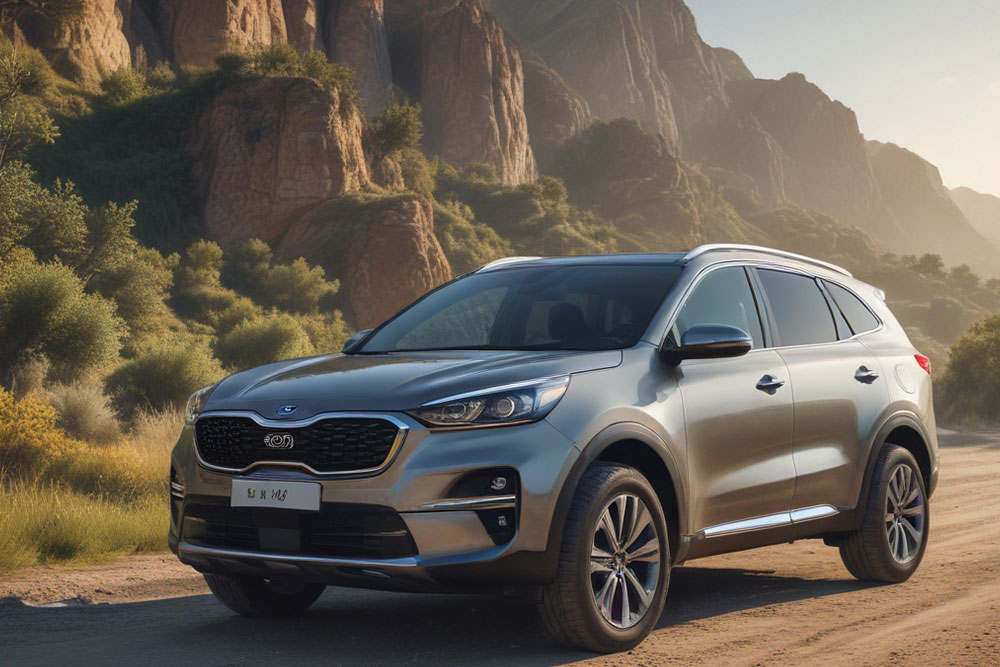Comprehensive Guide to Unsold Vehicles: Key Factors Affecting Pricing and Buying Opportunities
This comprehensive guide explores the factors influencing the pricing of unsold vehicles, including market demand, seasonal trends, incentives, and model relevance. It provides valuable insights into how consumers can leverage promotional offers and negotiate better deals, helping buyers make smarter decisions when purchasing unsold or inventory vehicles. Whether you're a first-time buyer or a seasoned car enthusiast, understanding these dynamics can save money and ensure a wise investment in your next vehicle.

Comprehensive Guide to Unsold Vehicles: Key Factors Affecting Pricing and Buying Opportunities
In the global automotive industry, unsold vehicles continue to pose a significant challenge, impacting manufacturers, dealerships, and consumers alike. For car sellers, particularly dealerships, having a large inventory of unsold cars can lead to increased holding costs and financial strain. As a response, automakers and dealerships employ various promotional strategies and pricing tactics to clear their stock efficiently. This detailed overview aims to shed light on the complex dynamics of pricing for unsold vehicles and explore the different buying options available to consumers, helping them make informed choices in a competitive market.
Understanding the Pricing of Unsold Cars
The price of vehicles that remain on dealership lots without being sold is influenced by multiple factors. These include the vehicle’s brand reputation, model popularity, geographical location of the dealership, and how long the vehicle has been sitting unsold. Typically, the initial valuation of a new car is around $30,000, but this value can fluctuate based on the current market conditions. Dealerships often become more flexible with their pricing the longer a vehicle stays on their lot, especially as the expiry date of the vehicle's perceived value approaches. Manufacturers frequently offer incentives such as cash bonuses, rebates, or special financing options to motivate both dealers and buyers to complete transactions. Promotional discounts are common, but consumers should also consider depreciation rates and ongoing maintenance costs when evaluating whether an unsold vehicle offers good value.
Additional factors influence the pricing and attractiveness of unsold cars.
Market Supply and Demand Dynamics
Vehicles with high demand in the market tend to retain better pricing even if they remain unsold. Conversely, models with lower demand are often discounted more aggressively to stimulate sales.
Vehicle Age and Condition
Over time, wear and tear naturally reduce a vehicle’s value, which can benefit buyers looking for deals. Cars that are brand new but remain unsold may be discounted to clear inventory, while slightly used or demo models' price drops remain driven by condition.
Regional Market Conditions
The local economic environment and regional consumer preferences play a role in vehicle pricing. In some areas, certain models might be more desirable, influencing the negotiation process.
Automaker Promotions and Incentives
Manufacturers often run seasonal or promotional campaigns offering discounts or cashback offers which can significantly lower the effective price of unsold vehicles.
Financial and Loan Offers
Dealerships may entice buyers through special financing options, such as reduced interest rates, longer loan periods, or zero-down payment offers, making purchase more accessible.
Seasonal Buying Trends
The end of the year, holiday seasons, or model year changeovers are prime periods where dealerships aim to sell remaining stock through attractive deals.
Cost Considerations for Buyers
When evaluating an unsold vehicle, buyers should consider depreciation rates and future maintenance expenses. These costs impact the total cost of ownership and should be weighed against the initial purchase price to determine true value.
In conclusion, the pricing of unsold cars varies greatly based on numerous factors, and negotiations can often lead to a better deal. It’s essential for consumers to thoroughly research market trends, consider long-term costs, and examine all available promotions before making a purchase decision.
Popular Models Remaining Unsold and Why
Certain vehicle models tend to stay in dealership inventory longer due to production volume, shifting customer preferences, or technological relevance. Luxury and sports cars, for instance, often have a narrower target market and higher price points, resulting in extended stock periods. Outdated models or those lacking recent design updates also tend to linger unsold. Changes in market trends have led to a decrease in demand for traditional sedans and compact cars, causing these models to stay longer in inventory. Understanding these preferences allows buyers to target better deals and avoid prolonged inventory stagnation.
Dealerships frequently promote unsold vehicles through a variety of incentive strategies.
Price Reductions and Discounts
Flat-rate discounts or percentage discounts are common tactics used to move inventory quickly. These are often advertised prominently to attract potential buyers.
Lease Promotions and Special Financing
Leasing options with lower monthly payments and attractive terms allow consumers to drive new vehicles at manageable costs, often bundled with promotional offers.
Trade-in Bonuses and Incentives
Customers trading in their current vehicles can benefit from additional discounts or cash-back offers, making the purchase of unsold cars more financially appealing.
Manufacturer and Dealer Incentives
Automakers may provide direct incentives or bonuses to dealerships, which are frequently transferred to consumers in the form of lower prices, rebates, or other special offers. These incentives help dealers accelerate sales of unsold stock.
For buyers, these strategies open up opportunities to acquire vehicles at significantly reduced prices. However, it’s crucial to evaluate the overall value of the vehicle, including future maintenance costs, depreciation, and long-term affordability. Conducting comprehensive research and comparing available deals ensures that consumers maximize their purchasing power and secure the best possible deal on an unsold vehicle. Understanding the intricacies of dealership promotions and manufacturer incentives will enable consumers to navigate the used and unsold car market effectively, making smarter purchasing choices in an evolving automotive landscape.





